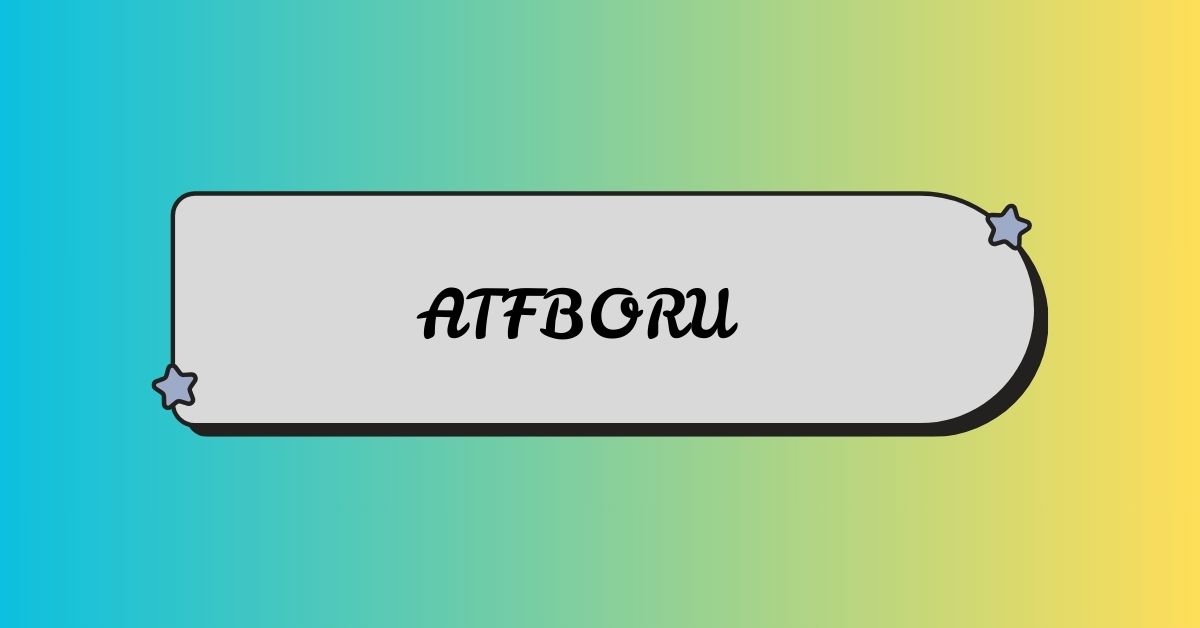The Capicu logo is more than just a visual symbol; it represents the identity and values of Capicu, a company or organization that has made an impact in its field. The design of a logo is crucial as it embodies the brand’s essence, mission, and visual identity. This article delves into the elements of the Capicu logo, its design principles, significance, and the role it plays in representing the organization.
Understanding the Capicu Logo
The Capicu logo is an emblem used to represent Capicu, which could be a company, product, or initiative. A logo is often the first impression a brand makes on its audience, and it serves as a visual shorthand for the brand’s values and mission. It, therefore, is crafted to reflect the core attributes of the organization it represents, making it a vital part of its branding strategy.
Design Elements of the Capicu Logo
Several key design elements contribute to the effectiveness and recognizability of the Capicu logo:
- Typography: The choice of font in the Capicu logo is integral to its design. Typography not only affects readability but also conveys the brand’s personality. Whether the font is bold, elegant, modern, or traditional, it plays a significant role in how the logo is perceived.
- Color Scheme: Colors are chosen carefully in the Capicu logo to evoke specific emotions and associations. Each color has psychological implications, and the combination of colors used in the logo can reflect the brand’s values and industry. For instance, blue might signify trust and professionalism, while green can denote growth and innovation.
- Symbolism: The logo may incorporate symbols or icons that represent the core activities or values of Capicu. These symbols are often abstract or stylized representations that help in creating a memorable and recognizable visual identity.
- Shape and Structure: The overall shape and structure of the Capicu logo contribute to its uniqueness and usability. Whether the logo is circular, rectangular, or abstract, the structure must be versatile enough to work across various media and formats.
- Tagline: Some logos include a tagline or slogan that further explains the brand’s mission or value proposition. If Capicu’s logo features a tagline, it would provide additional context and reinforce the brand’s message.
Significance of the Capicu Logo
It carries significant meaning for the organization it represents:
- Brand Identity: The logo is a cornerstone of Capicu’s brand identity. It helps create a visual representation of the brand that is easily recognizable and distinguishable from competitors.
- Trust and Recognition: A well-designed logo contributes to building trust and credibility. It serves as a constant reminder of the brand’s presence and reliability, making it easier for customers and stakeholders to recognize and remember Capicu.
- Emotional Connection: The design elements of the Capicu logo, such as colors and symbols, are chosen to create an emotional connection with the audience. This emotional resonance can enhance brand loyalty and customer engagement.
- Consistency: The logo helps maintain consistency across all brand communications and materials. Consistent use of the logo in marketing, advertising, and other channels reinforces the brand’s image and message.
- Marketing and Branding: The Capicu logo plays a crucial role in marketing and branding efforts. It is used on various platforms, including websites, social media, print materials, and promotional items, to create a cohesive brand presence.
Applications of the Capicu Logo
It is used in various applications to enhance the brand’s visibility and impact:
- Digital Media: The logo is prominently displayed on digital platforms such as the Capicu website, social media profiles, and email newsletters. It helps in creating a strong online presence and engaging with the digital audience.
- Print Materials: The Capicu logo appears on print materials such as business cards, brochures, flyers, and advertisements. Its presence in print media ensures that the brand reaches a wider audience and leaves a lasting impression.
- Merchandise: The logo is often used on branded merchandise such as apparel, mugs, and promotional items. This not only helps in spreading brand awareness but also in creating a sense of affiliation among customers and employees.
- Signage: In physical locations, the Capicu logo is used on signage and banners. It helps in attracting attention and guiding visitors to the organization’s premises or events.
- Product Packaging: If Capicu produces products, the logo is featured on packaging to create brand recognition and convey the brand’s quality and values to consumers.
The Evolution
Over time, the Capicu logo may undergo changes to reflect the organization’s growth and evolution:
- Rebranding: As companies evolve, their logos may be updated to reflect new directions, market trends, or changes in brand strategy. Rebranding efforts may involve redesigning the logo to better align with the organization’s current goals and audience.
- Design Trends: The Capicu logo may be updated to incorporate contemporary design trends. This ensures that the logo remains modern and relevant in an ever-changing visual landscape.
- Feedback and Testing: Logo redesigns often involve gathering feedback from stakeholders and conducting testing to ensure that the updated logo effectively communicates the brand’s message and resonates with the target audience.
Creating an Effective Logo
Designing an effective logo involves several key considerations:
- Simplicity: A successful logo is often simple and easily recognizable. It should convey the brand’s message without being overly complex or detailed.
- Relevance: The logo should be relevant to the brand’s industry, values, and target audience. It must effectively represent the organization’s core attributes and resonate with its stakeholders.
- Versatility: An effective logo should work across various media and formats, from digital screens to print materials. It must be adaptable and maintain its visual integrity in different sizes and contexts.
- Timelessness: While incorporating modern design trends is important, the logo should also have a timeless quality. It should not become outdated quickly and should remain effective and relevant for years to come.
Conclusion
The Capicu logo is a vital element of the organization’s brand identity, serving as a visual representation of its values, mission, and presence. Through careful design and strategic application, the logo helps build recognition, trust, and emotional connections with its audience. Understanding the design elements and significance of the it provides insight into its role in shaping the brand’s image and impact. As the organization evolves, the logo may also adapt, reflecting changes while maintaining its core identity.







